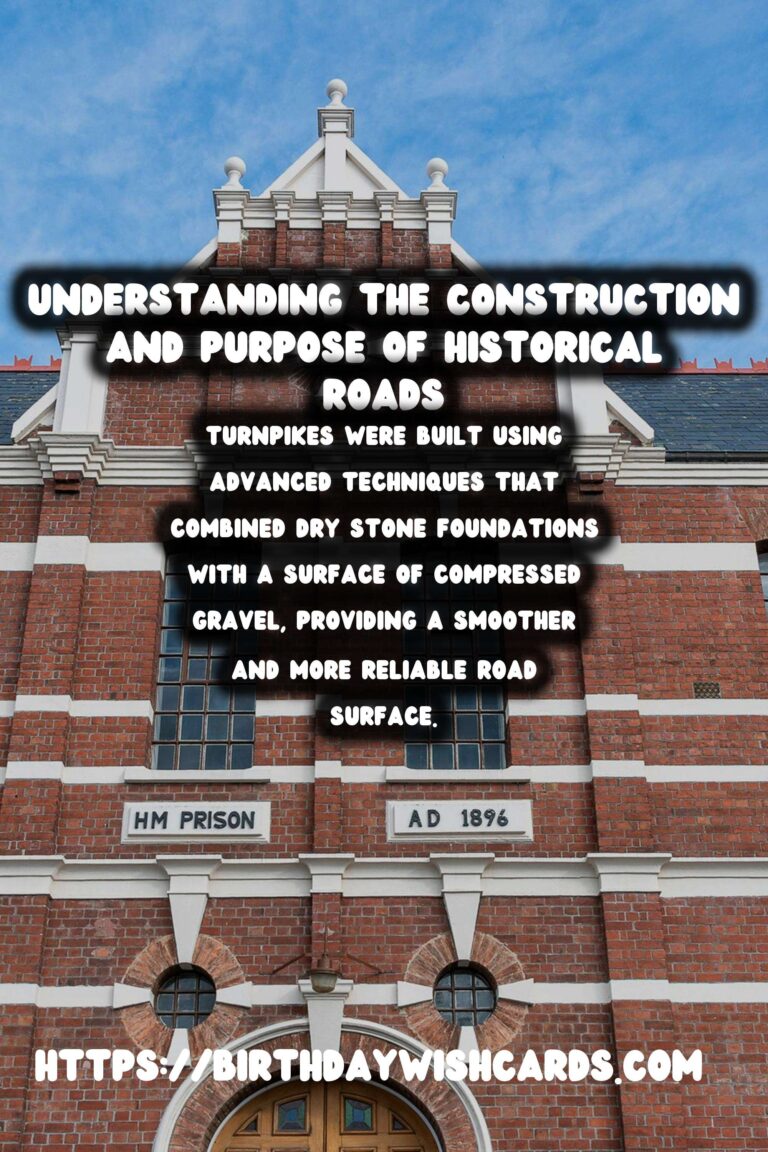
Throughout history, roads have played a crucial role in shaping civilizations by facilitating trade, communication, military expeditions, and cultural exchanges. This article delves into the construction techniques and purposes behind these historical pathways, unlocking stories of human ingenuity and ambition.
The Early Beginnings of Road Construction
The inception of road construction dates back to prehistoric times when humans recognized the need for clear paths to connect communities and resources. Early roads were primarily dirt paths formed through repeated use by foot traffic or animal herding. As societies grew, a more structured approach to road construction emerged, leading to remarkable engineering feats.
The Roman Roads: A Milestone in Engineering
One of the most notable advancements in historical road construction was the development of Roman roads. Known for their durability and strategic design, these roads were key to the expansion and maintenance of the Roman Empire.Roman roads were typically constructed using a multi-layered approach: they began with a solid foundation of sand or clay, followed by layers of stone, gravel, and finally, large paving stones for the surface. This meticulous process ensured longevity and resilience against weather conditions.
The primary purpose of Roman roads was to enable swift military movements, essential for the empire’s territorial control and quick response to uprisings. However, these roads also facilitated trade across vast distances, thus boosting economic prosperity.
Medieval Roads and Their Economic Impact
Following the fall of the Roman Empire, road maintenance declined, leading to the deterioration of many arterial routes. However, during the medieval period, roads saw a resurgence, driven mainly by trade and pilgrimage.Medieval roads were often less sophisticated compared to Roman roads but still crucially important. They typically connected towns, marketplaces, and religious sites, playing a pivotal role in the economic and cultural transformation of the time.
The Emergence of Turnpikes
By the 18th century, road travel had become more commonplace, necessitating improvements in road quality. This era saw the introduction of turnpikes—toll roads constructed by private companies under government charters.Turnpikes were built using advanced techniques that combined dry stone foundations with a surface of compressed gravel, providing a smoother and more reliable road surface. These roads facilitated faster and more efficient transport of goods and people, significantly impacting commerce and mobility.
Modern Impacts of Historical Roads
The legacy of historical roads extends into the present day. Modern highways often trace the original routes of these ancient roads, reflecting their enduring significance. The influence of historical roads is seen not only in their physical pathways but also in the cultural and economic ties they fostered throughout the centuries.
The technological innovations and strategic purposes of these roads laid the groundwork for present-day infrastructure, exemplifying the timeless importance of connectivity and cooperation.
In conclusion, the evolution of roads from ancient dirt paths to sophisticated thoroughfares reflects human perseverance and adaptation. Each historical road tells a story of its time, serving as a testament to the transformative power of connectivity and commerce in human societies.
Throughout history, roads have played a crucial role in shaping civilizations by facilitating trade, communication, military expeditions, and cultural exchanges. Turnpikes were built using advanced techniques that combined dry stone foundations with a surface of compressed gravel, providing a smoother and more reliable road surface. 









#HistoricalRoads #AncientEngineering




